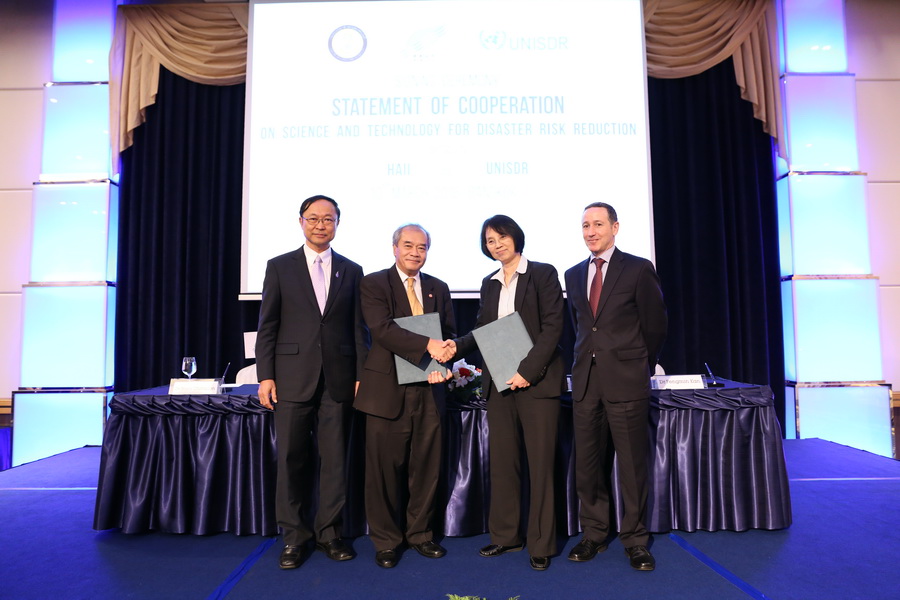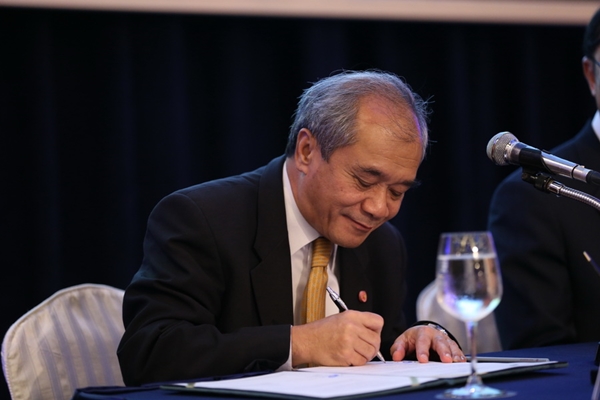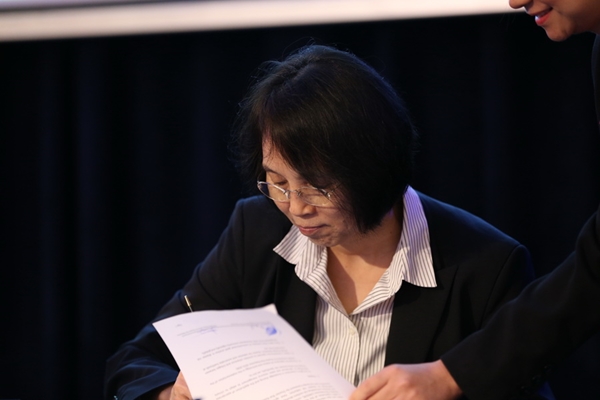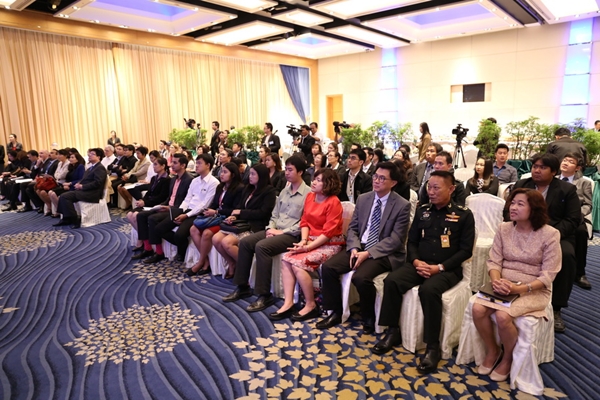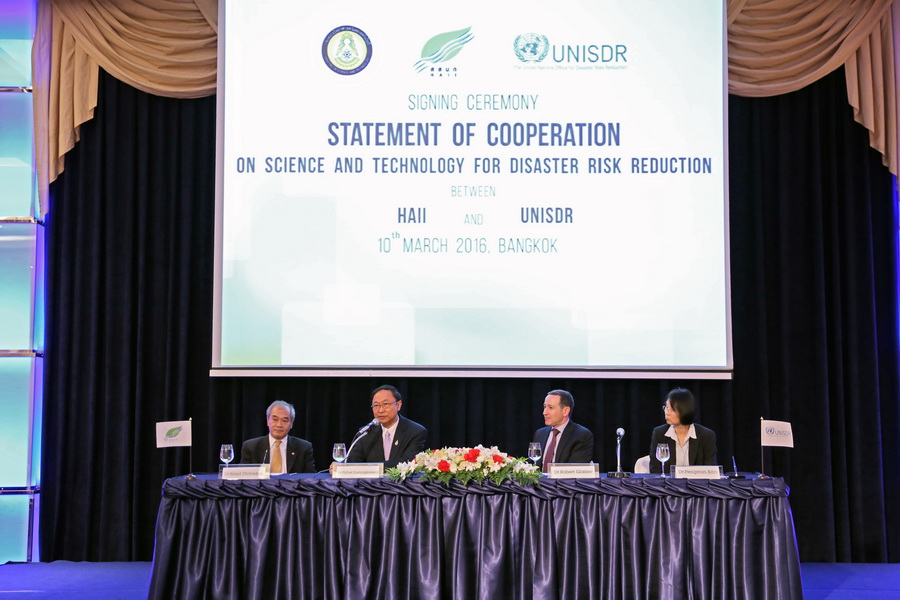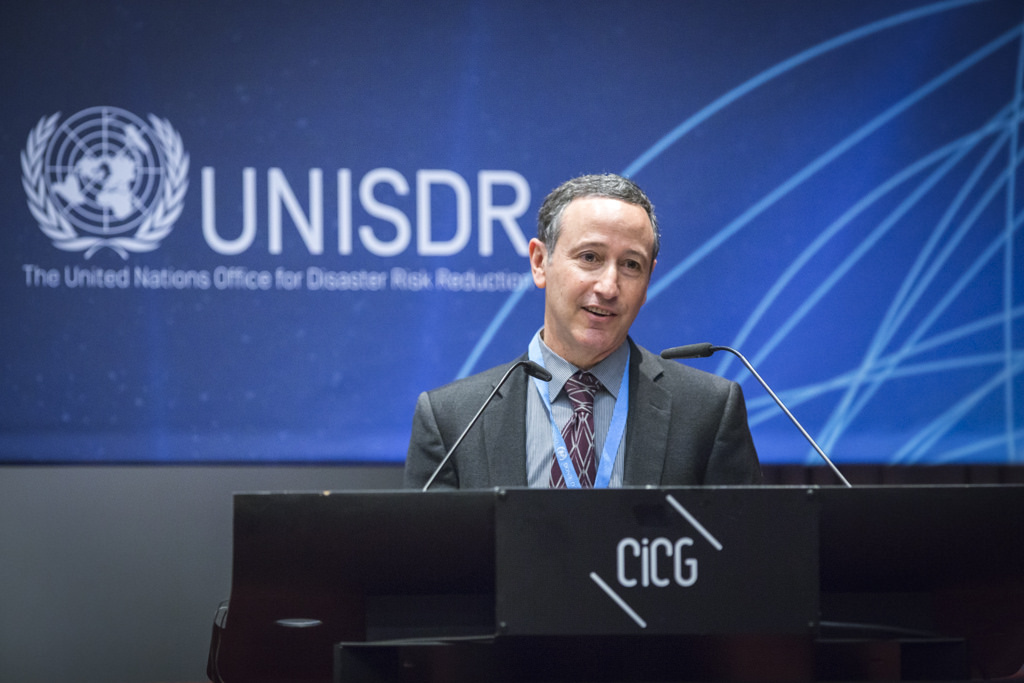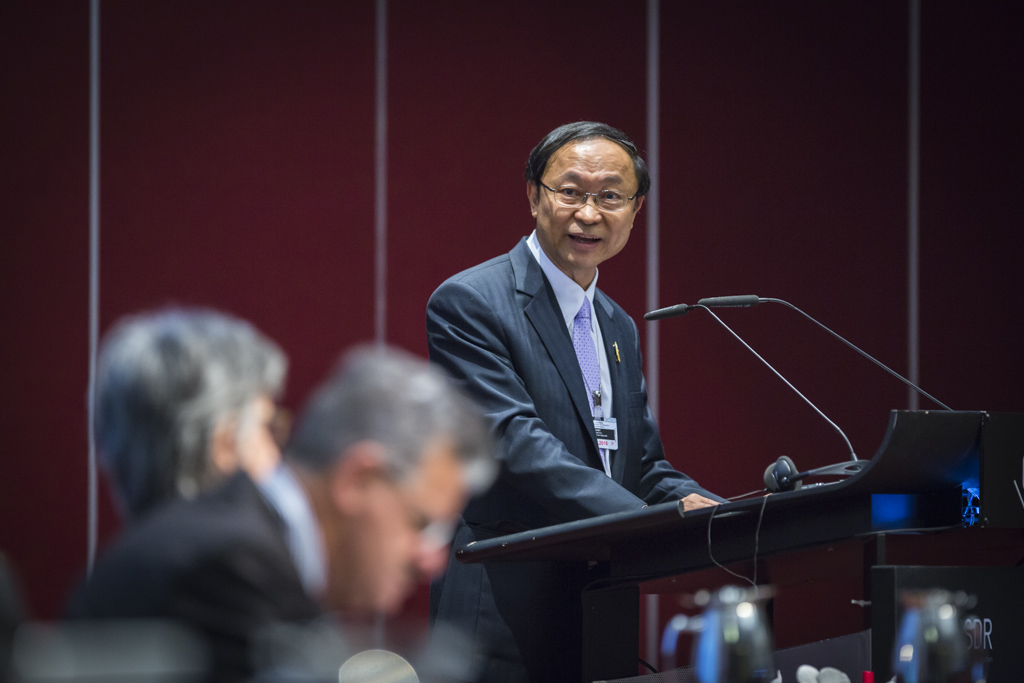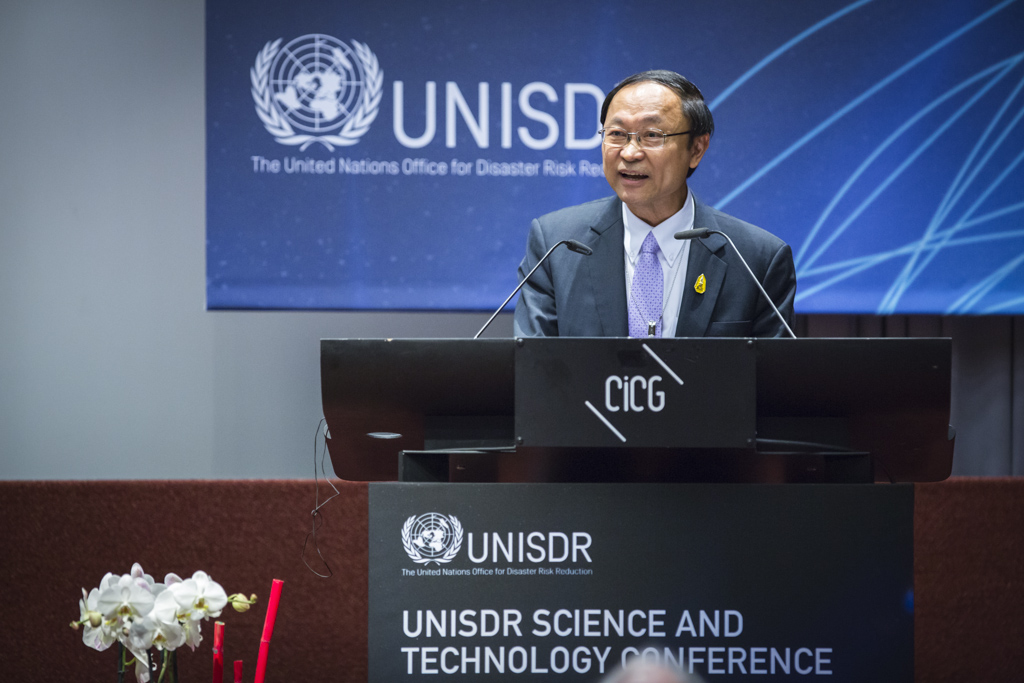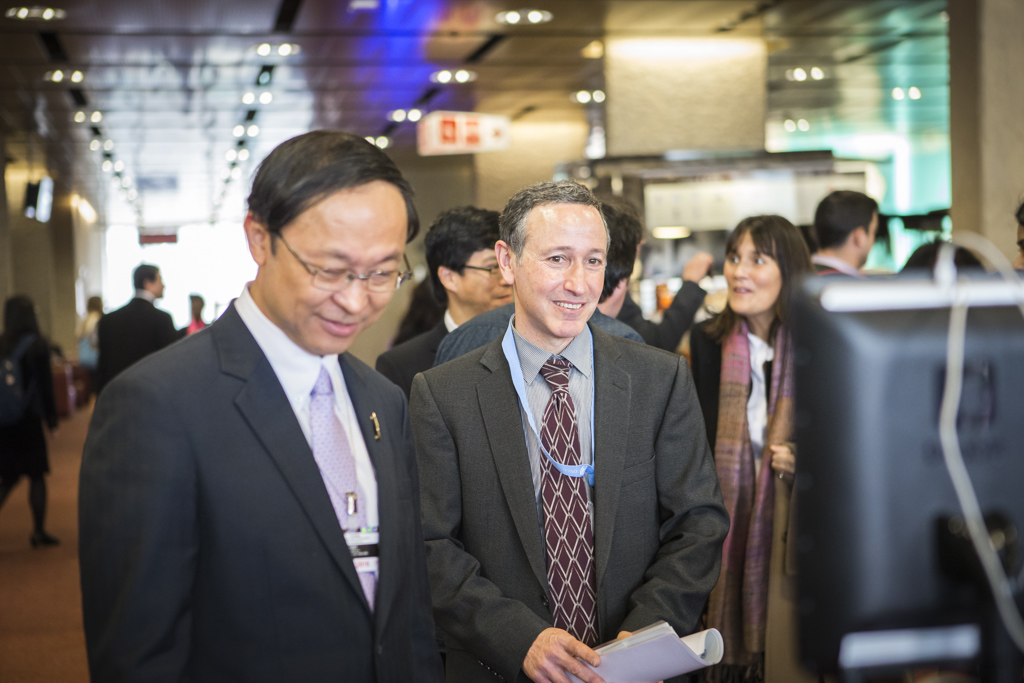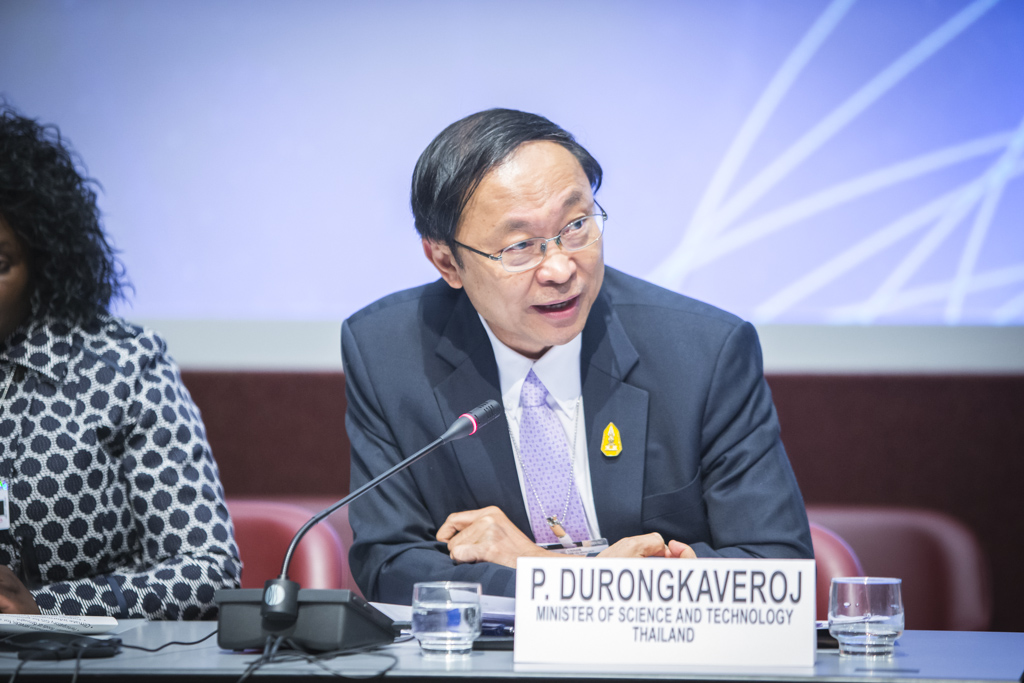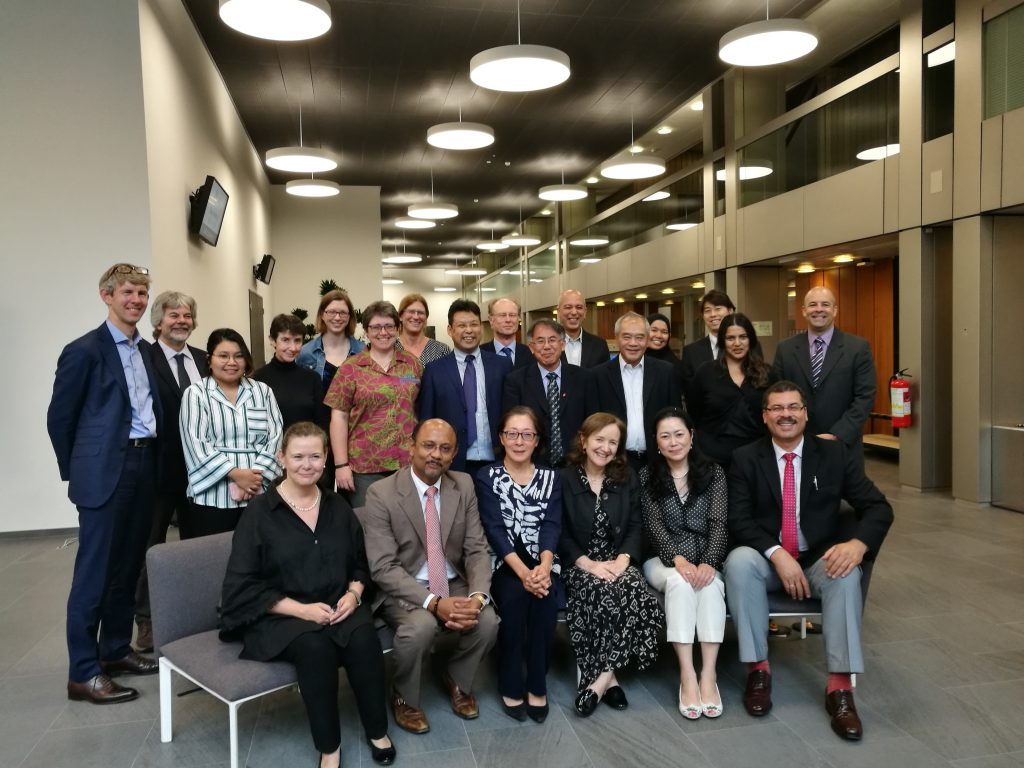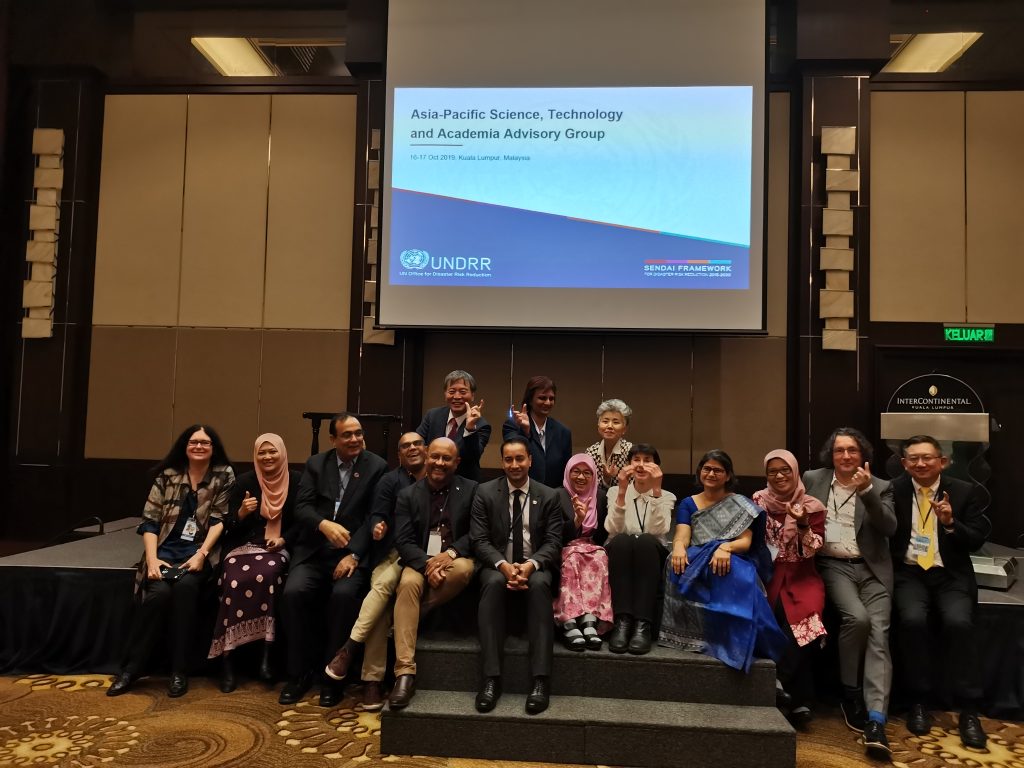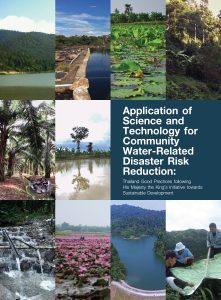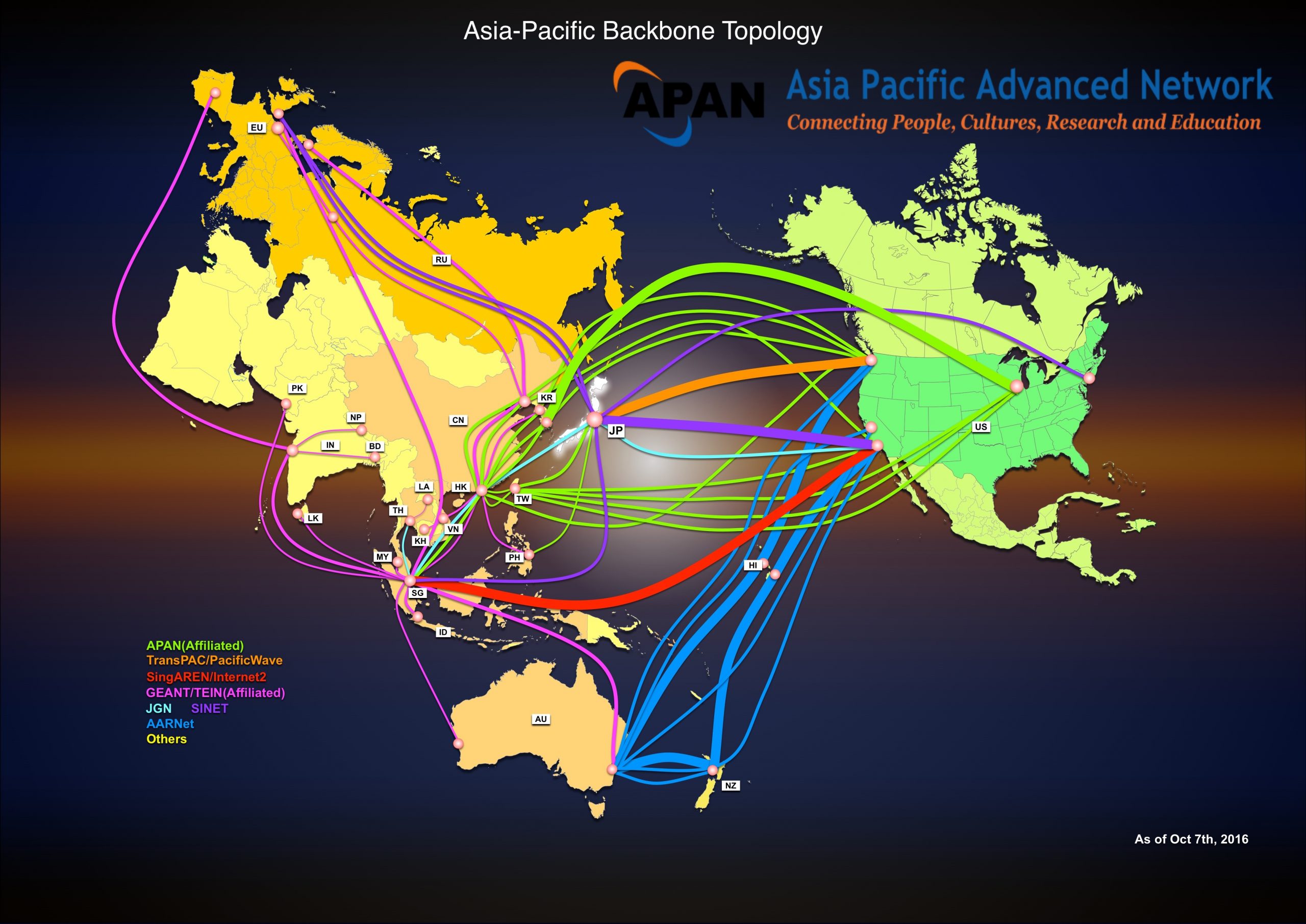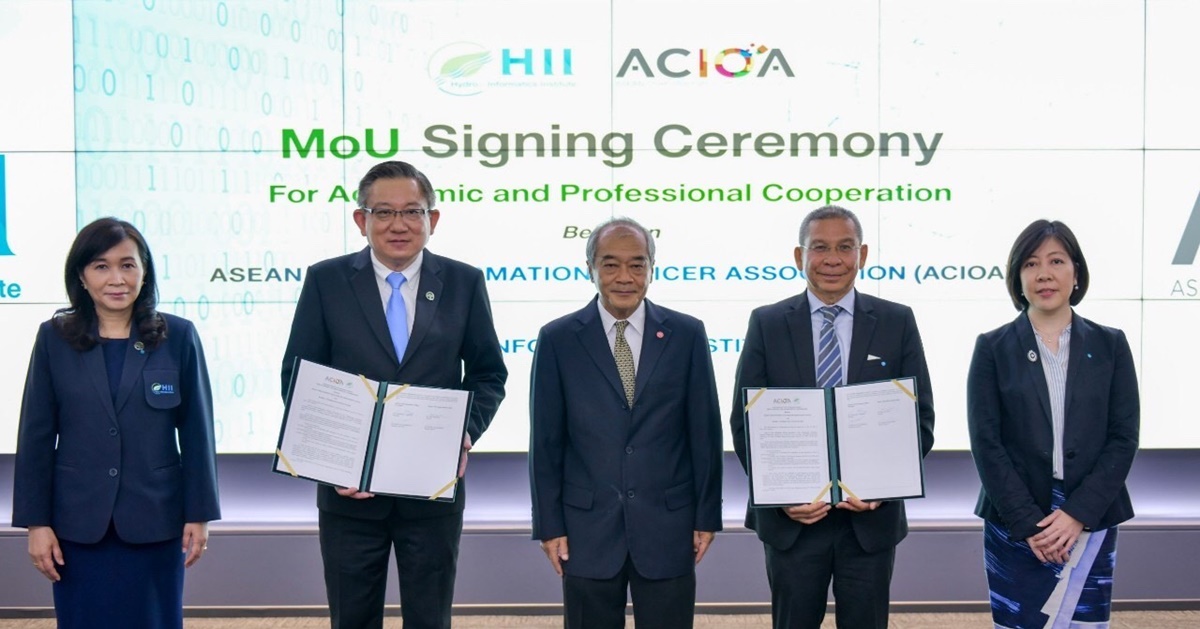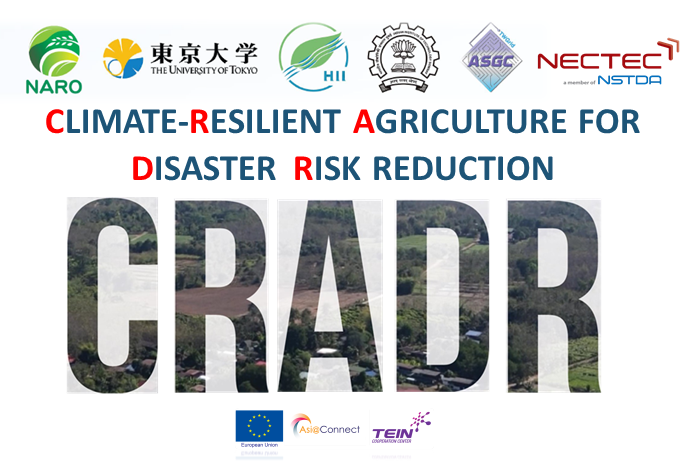
Science and Technology (S&T) for Disaster Risk Reduction
02/11/2020
Hydro – Informatics Institute (HII) has implemented science and technology for water resources management either at the local, provincial, or national level, and has collaborated with the United Nations Office for Disaster Risk Reduction (UNDRR) to share HII’s good practices with the world. This collaboration emphasized the role of science, technology, and innovation in action towards the sustainability of the world and future development.
Collaboration between Hydro – Informatics Institute (HII) and the United Nations Office for Disaster Risk Reduction (UNDRR)
Statement of Cooperation on Science and Technology for Disaster Risk Reduction
10 March 2016, HII and UNDRR organized the signing ceremony of the Statement of Cooperation on Science and Technology for Disaster Risk Reduction. This cooperation aims to promote the application of science and technology in the implementation of the Sendai Framework for Disaster Risk Reduction 2015-2030. The partnership will foster a comprehensive approach to promote coherence and linkages between climate change adaptation, disaster risk reduction and sustainable livelihoods at the community level. It will also share HII’s many examples of community-level good practice in disaster risk management to the wider development community regionally and globally. The Statement of Cooperation was signed by Dr. Royol Chitradon, Director of HII, and Dr. Feng Min Kan, Head of Regional Office for Asia-Pacific, UNDRR. It was witnessed by Dr. Pichet Durongkaveroj, Minister of Science and Technology, and Dr. Robert Glasser, Special Representative of the Secretary-General for Disaster Risk Reduction, UNDRR.
Dr. Glasser said the Sendai Framework was an important tool to prevent new and reduce existing disaster risk. It will do this by implementing integrated and inclusive economic, structural, legal, social, health, cultural, educational, environmental, technological, political and institutional measures that prevent and reduce hazard exposure and vulnerability to disaster, increasing preparedness for response and recovery, and thus strengthening resilience. The Royal Thai Government is, currently, providing a global lead in implementing disaster risk reduction and community resilience in line with the Sendai Framework. This partnership will ensure that this impressive development is shared globally so that others are able to learn from Thailand’s example. By applying appropriate, and often simple, technology, Science and technologies can empower the community to reduce their disaster and climate risk, and protect, diversify, and sustain their livelihoods. Many initiatives of His Majesty the King of Thailand are innovative and they have captured the imagination of people to effectively deal with floods and droughts. Thailand has the enormous experience to share with the rest of the world on how to manage disaster risk.
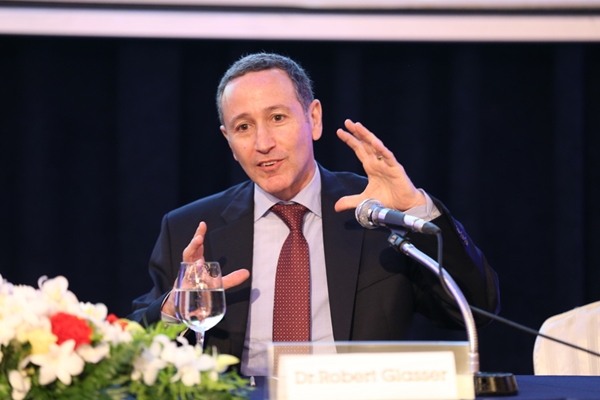
Dr. Pichet mentioned that Thailand learned a lot from the big flood in 2011, which showed the significance of data and technology to efficiently support decision making and management. Developed by HII, Thailand, now, has the National Hydroinformatics Data Center (NHC) to integrate water data from all relevant organizations. All partners can use the center’s data for water management both in normal times and crisis situations. HII also translates the concepts of science and technology for disaster risk reduction, climate change adaptation, sustainability and resilience into reality on the ground. Thailand is facing the worst drought disaster in recorded history. It has had the lowest rainfall for 34 years, and the lowest usable storage level on record in dams of the central and northeastern Thailand. Water resource management at community level is a key factor to overcome this situation. At present, with the collaboration of almost 30 private sector entities, government agencies, and international organizations, 60 good practices from over 600 villages have been gathered. 98% of these villages have successfully secured their water supply and their food security. This shows how science-informed policies and action really can translate to strengthened community resilience at the ground level, in both times of drought and flood. Now, Thailand is ready to share its lessons learned to its neighbours in the Mekong, ASEAN, and wider Asia Pacific region.
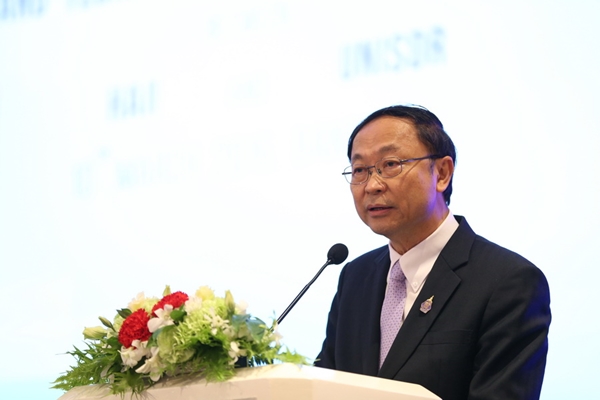
This signing ceremony followed the UNDRR Science and Technology Conference on the implementation of the Sendai Framework for Disaster Risk Reduction 2015-2030 on January 27 – 29, 2016, in Geneva, Switzerland. The conference brought together a diversity of science and technology community and partners from all regions and disciplines. More than 700 scientists, experts, policy makers, researchers and relevant practitioners attended the conference. Dr. Pichet Durongkaveroj, Minister of Science and Technology, Thailand, participated as a panelist in the opening ceremony under the topic of “Introduction of the Science and Technology Partnership and Road Map for the implementation of the Sendai Framework”. In this conference, Dr. Pichet presented the notable success of Thailand in applying science, technology, and data to support disaster risk resilience at the community level. Hence, UNDRR and HII agreed to collaboratively documenting best practices gathered from Thailand, and share examples of community-level good practice in disaster risk management to the wider development community regionally and globally.
The Implementation of S&T for Water-related Disaster Resilience
23 – 24 August 2016, HII and UNDRR collaboratively organized “1st Asian Science and Technology Conference for Disaster Risk Reduction (1ASTCDRR) at Swissotel Nailert Park Hotel, Bangkok, to emphasize the role of science of all sectors including government, private, academia, researchers, and promote the implementation of S&T for disaster risk reduction in Asia.
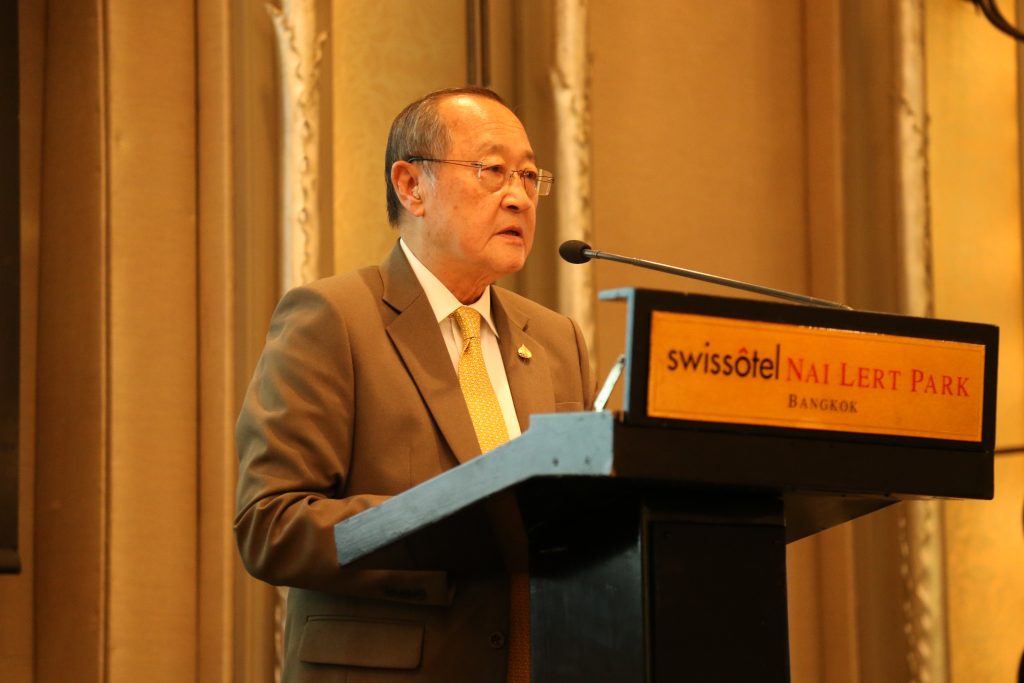
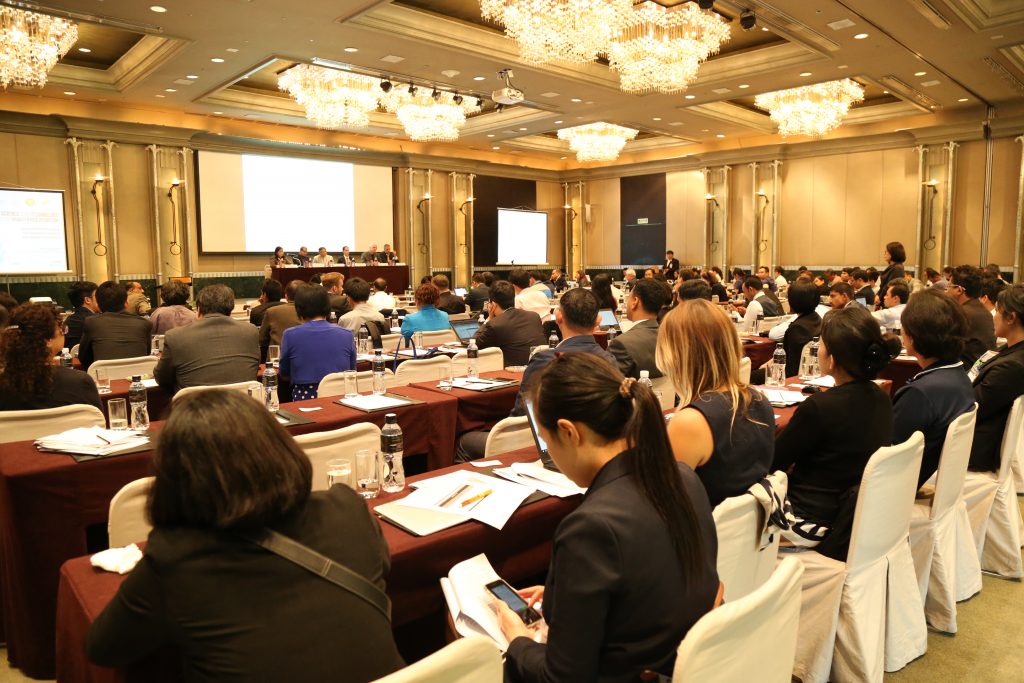
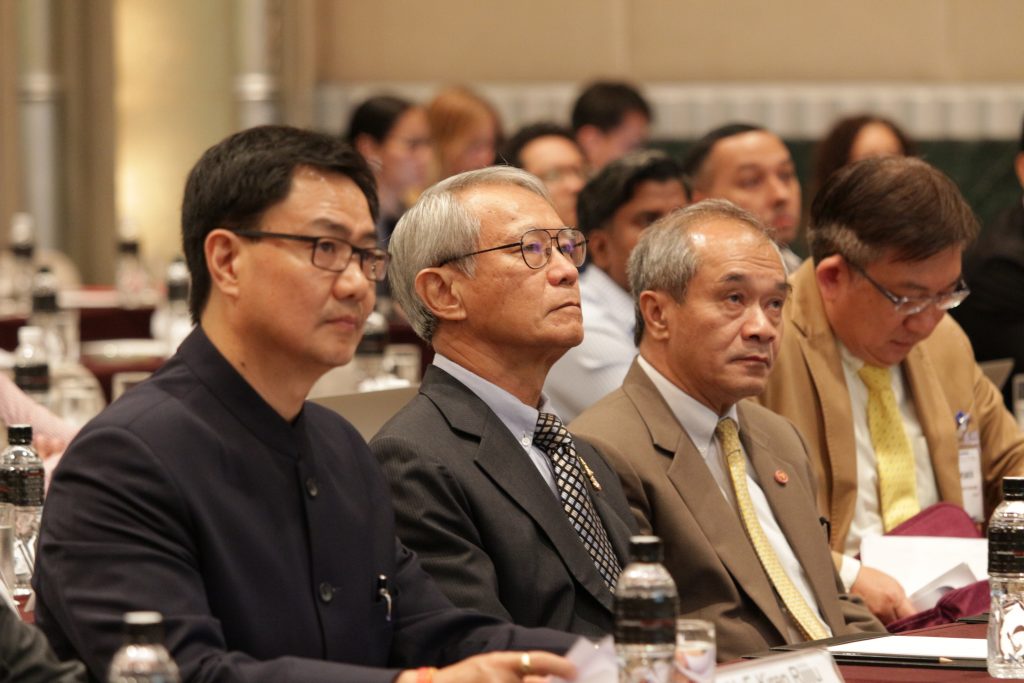
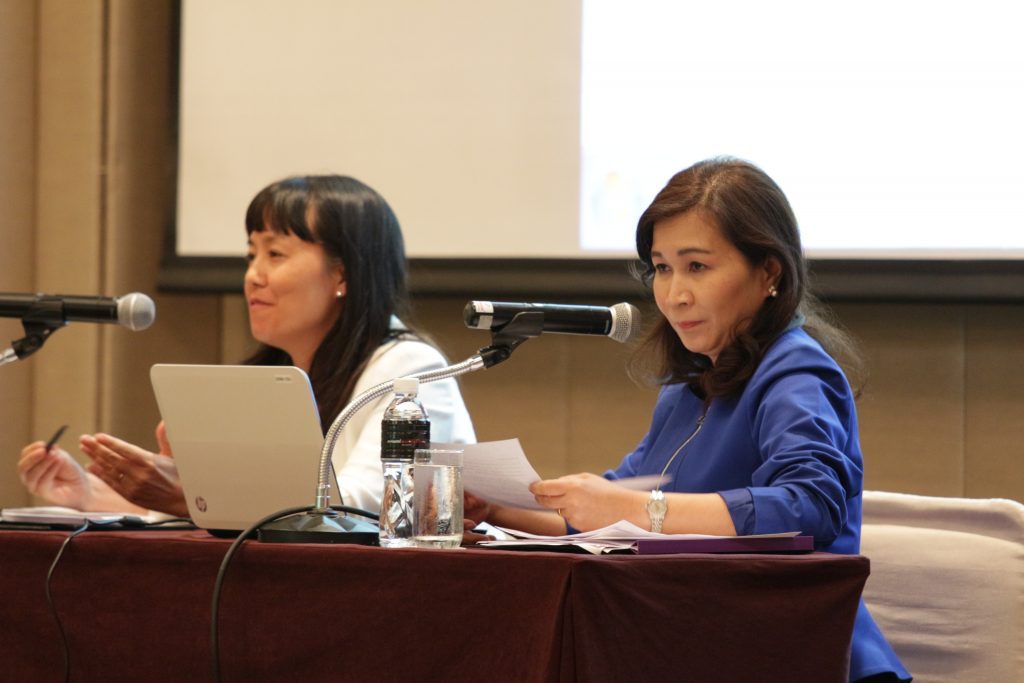
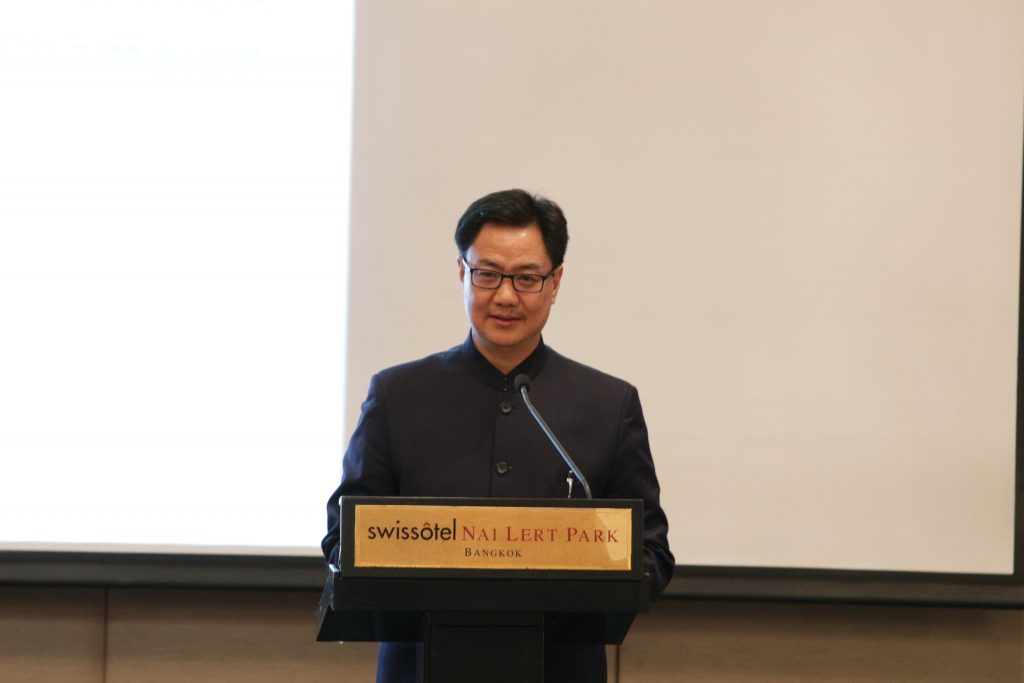
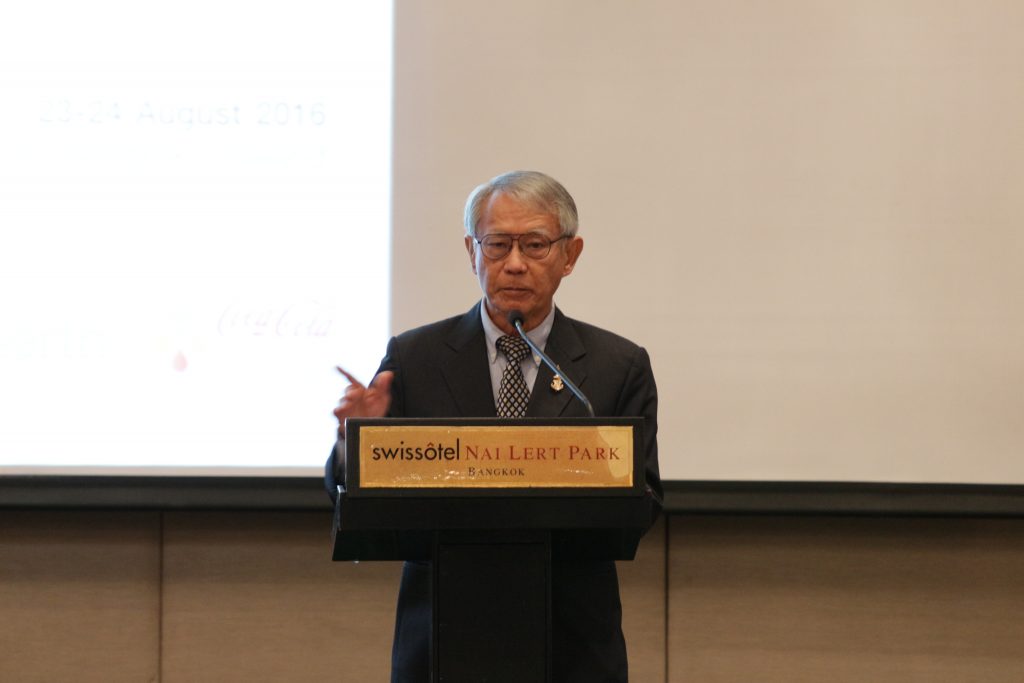
HII has continuously promoted its good practices on the implementation of science and technology for water resources management as an example to achieve the Sendai Framework for Disaster Risk Reduction goal in various UNDRR’s conference locally, regionally, and globally.
Science and Technology Advisory Group
From the continuous proof of success of HII, UNDRR has invited HII to join the Science and Technology Advisory Group (STAG) to promote the implementation of science and technology for the Sendai Framework for Disaster Risk Reduction. Two HII executives has joined the group as follows:
- Dr. Royol Chitradon – became the member of UNDRR Global Science and Technology Advisory Group (Global STAG) during 2017 – 2018.
- Dr. Sutat Weesakul – joined the Asia – Pacific Science, Technology and Academia Advisory Group (APSTAAG) from 2019
Publications
HII and UNDRR collaboratively summarized HII’s good practices and publicized via the “Application of Science and Technology for Community Water-Related Disaster Risk Reduction” in both Thai and English version.

